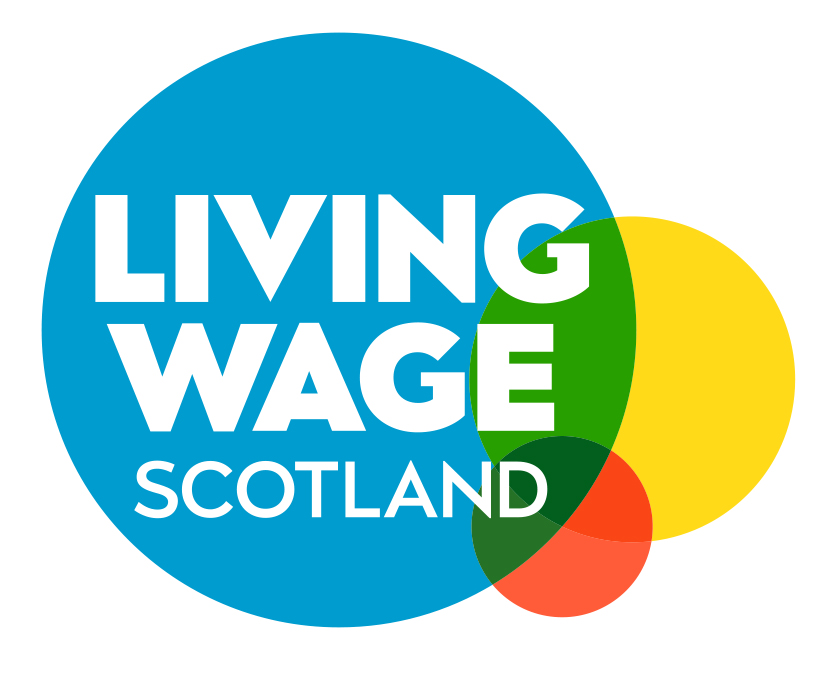By Leonie McConnell, Close the Gap
This Living Wage week brings reflection upon the ways in which the real Living Wage has been an effective measure in tackling in-work poverty, benefitting women and improving equality in the workplace. While the impact on gender equality should not be overstated, there are clear advantages for employers paying staff the real Living Wage that are connected to advancing gender equality in the labour market.
Close the Gap’s Equally Safe at Work programme supports employers across Scotland’s public and third sectors to progress gender equality and prevent violence against women. A key part of the process is ensuring that employers better understand women’s experiences of employment and take steps to address the barriers they face at work. This means addressing the undervaluing of women’s work, ensuring quality part-time roles are available, and recognise their role as an employer in supporting victim-survivors of violence against women. One of the ways employers can take action towards supporting women in the workplace is by ensuring women are paid the real Living Wage.
Within both the public and third sectors, women make up the majority of the workforce and their experiences are impacted by the economy-wide undervaluation of the work they do. This means women are typically concentrated into roles seen as ‘women’s work’ which are lower-paid and are less valued compared to their male counterparts. The systematic undervaluing of ‘women’s work’ contributes to women’s higher levels of poverty, with 60% of workers earning below the real Living Wage. Women experience higher rates of in-work poverty than men, meaning paid work is not necessarily a guaranteed route out of poverty for them, especially when the persistence of poverty is far more significant for women.
Due to women’s pre-existing economic inequality, it means they have less financial resources, savings and are more likely to have debt. Financial insecurity is also a problem that disproportionately impacts young women. Almost 40% of young women reported struggling to make their finances last until the end of the month. When this is coupled with the high cost of travel, young women are facing significant barriers in attending work and maintaining employment. A third of young women have had to turn down job opportunities or leave work altogether because of travel costs. The figure rises to 36% for young disabled women and 41% for young racially minoritised women. This is a huge problem especially if the future generation of the workforce of younger women are essentially being excluded from the workplace. This will have long-term consequences for women’s labour market and economic equality.
After more than a decade of austerity, the cost-of-living crisis, and soaring costs of childcare, women tend to perform the role of being ‘poverty managers’ of the household. Women make up 61% of those who have to resort to debt to buy essentials, reflecting the gendered responsibility of household budgeting and their low levels of pay. Often, women forego essential items such as food, clothing, and warmth to ensure their children are not without. While the real Living Wage is essential in addressing in-work poverty for women, it is as important in tackling child poverty, too.
Women experiencing poverty are at heightened risk of financial dependency, creating a conducive context for violence against women. Often the poverty women experience is likely to be persistent and this can also make it more difficult for women experiencing violence or abuse to move on and maintain employment.
Economic abuse is a common tactic used by abusers to gain power and control, and to restrict individual’s choices. By providing women with an adequate income that meets daily living costs, it ensures a level of financial safety and security that would otherwise be unavailable to them. Poverty, inequality and abuse are interlinked which means taking a multi-preventative approach is necessary to make any meaningful change.
Our latest Gender Pay Gap report details how the mean part-time pay gap has improved since 2021, which has seen a substantial decline of 2.8 percentage points and has narrowed again very slightly this year to 26.3 per cent. This has, in part, been explained by the increase in the National Living Wage rate. Ultimately, the slight improvement of the mean pay gap should be welcomed as a step in the right direction. It does also mean, however, that more needs to be done to support employees and women in particular to be valued within the labour market and to address the systemic issues that underpin women’s inequality in the workplace.
Where Equally Safe at Work helps to advance gender equality in the workplace, paying employees the real Living Wage ensures that employees can meet their daily living costs and are given a wage that protects them against financial insecurity, allowing them to remain in the labour market.
To find out more about how you can become a sector leader, demonstrating your commitment to preventing violence against women and advancing women’s equality in the labour market, visit Equallysafeatwork.scot

